The best hair straighteners 2025: top hair irons for silky-smooth styles

A pair of the best hair straighteners can tame the unruliest of tresses. While the basic concept is the same – two plates that heat up and clamp together to flatten, smooth and shape hair – today's top flat irons boast a host of useful features and design improvements that make styling easier, more effective and better for your long-term hair health.
For example, there might be different temperature settings, so you can avoid unnecessary heat damage. There'll often be auto-off feature after a period of no use, so you can avoid any 'Did I leave the straighteners on?' panic when you leave the house. A few can even be used cordless, for maximum flexibility – although so expect to pay a premium for that. Some are particularly good at creating curls, while others boast wide plates that are perfect for tackling long, thick tresses.
TechRadar's team of experienced beauty reviewers have tested over 62 haircare gadgets in total, and every pair of straighteners in this guide has been put through rigorous testing and had the stamp of approval. We can tell you which ones will suit you best, depending on your hair type, styling needs and budget.
If you're in the process of upgrading your haircare setup, you might also want to check out our guide to the best hair dryers, or if you're after something more versatile, we also have a roundup of the best hair stylers. Happy where you are? Read on for a run-down of the best hair straighteners on the market.
The best hair straighteners 2025: the quick list
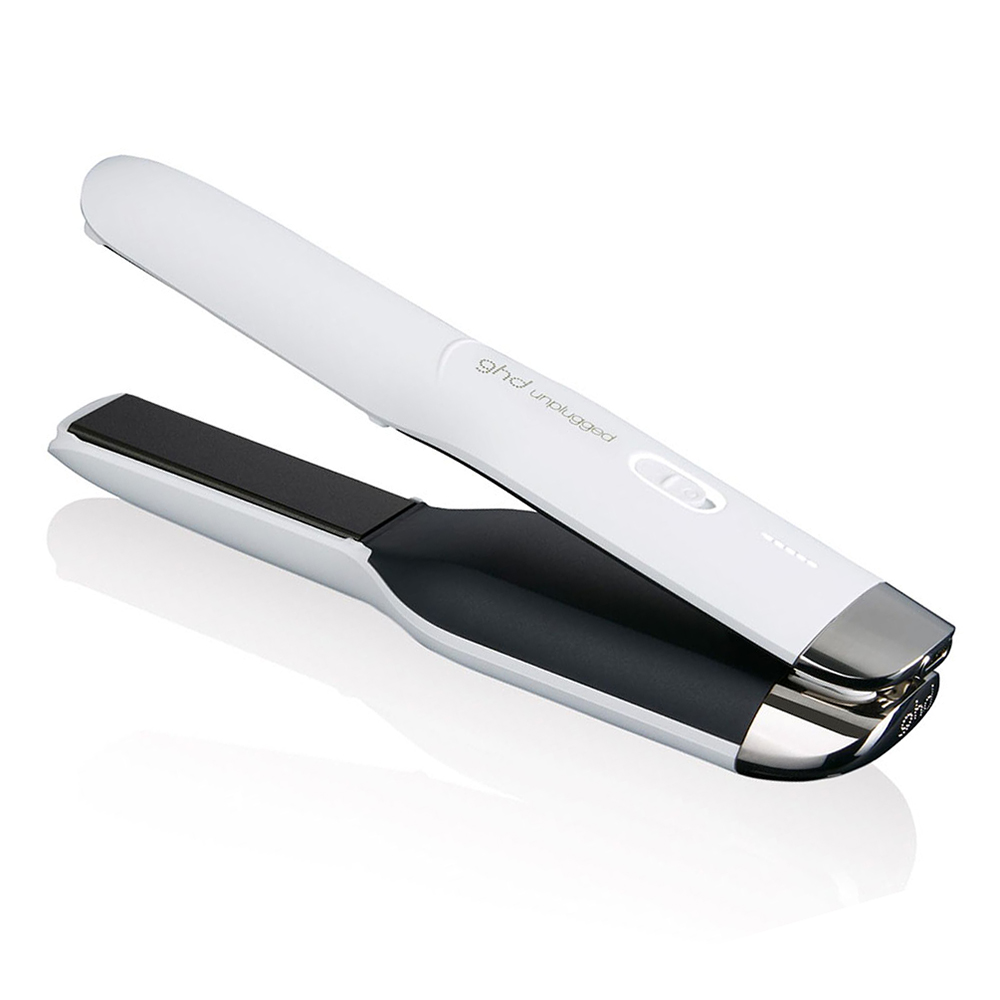
Best overall
The GHD Unplugged can be used cordless, so you aren't tethered to a power outlet as you style. They deliver sleek results in just one pass, although the plates might be a bit narrow for thick hair.
Read more below
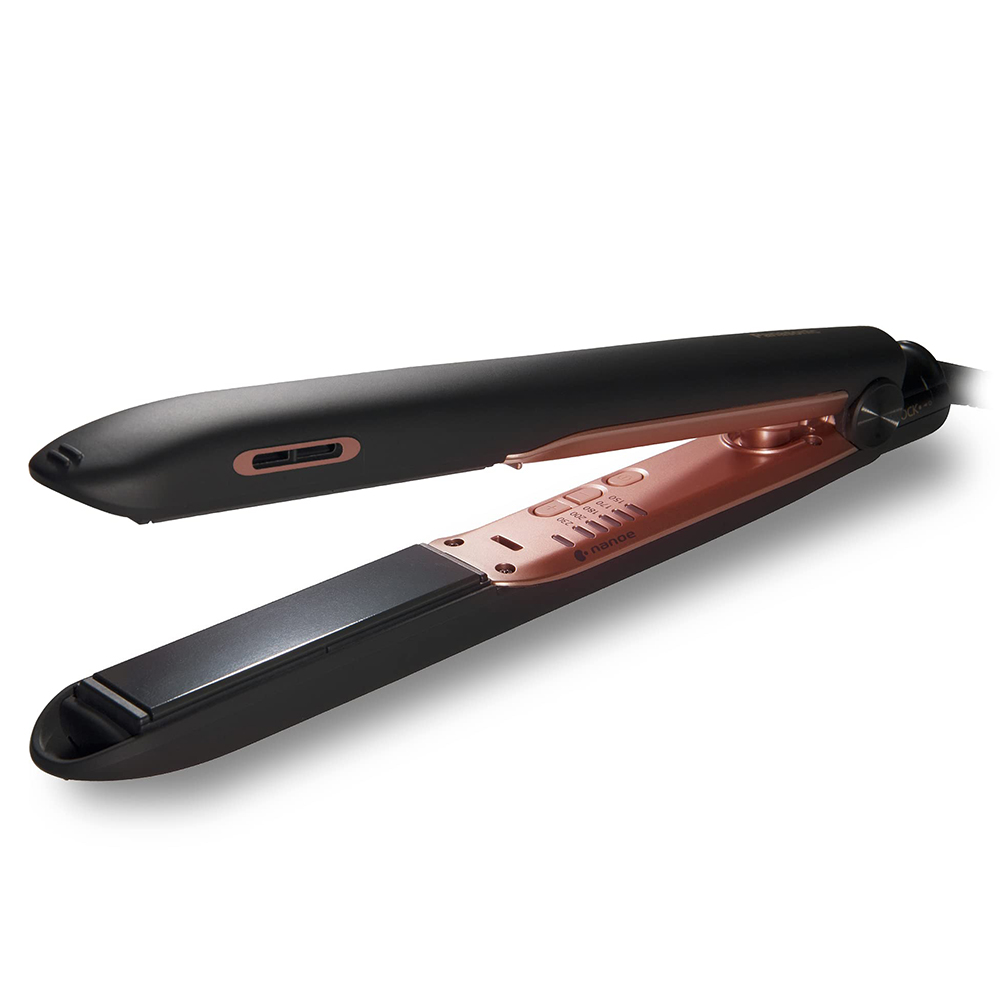
Best affordable
If you're on a tighter budget, the Nanoe straighteners deliver strong performance for an affordable price. They don't look as premium as pricier flat irons, but they're quick to heat up and leave hair shiny.
Read more below
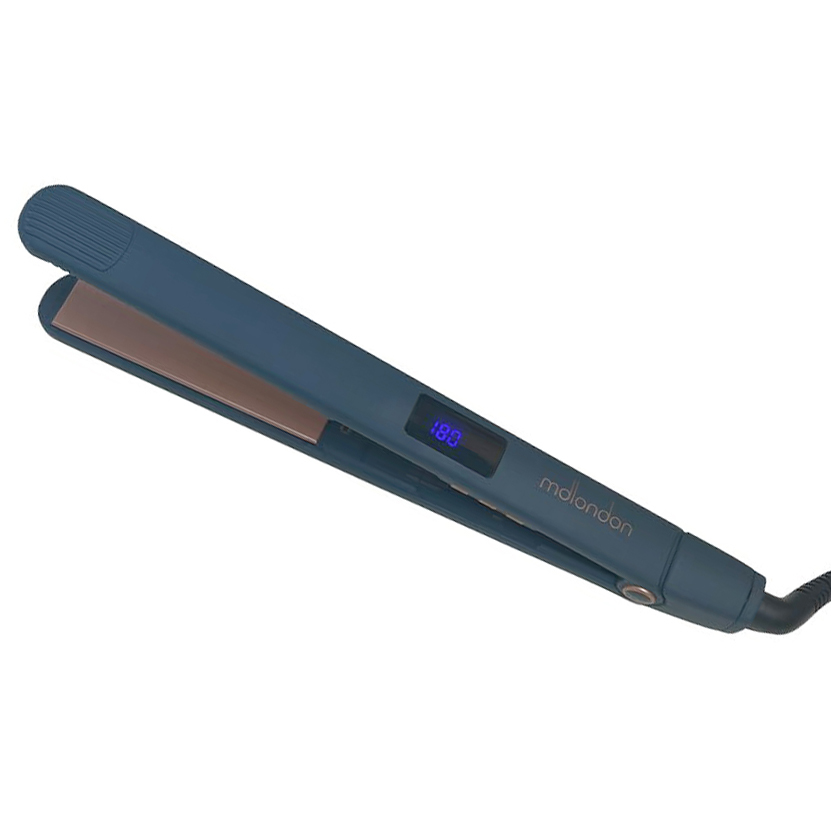
Best for curls
The Strait's long, thin plates are perfect for precision styling and make creating curls a breeze. However, they take a bit of time to heat up and are only available in the UK.
Read more below
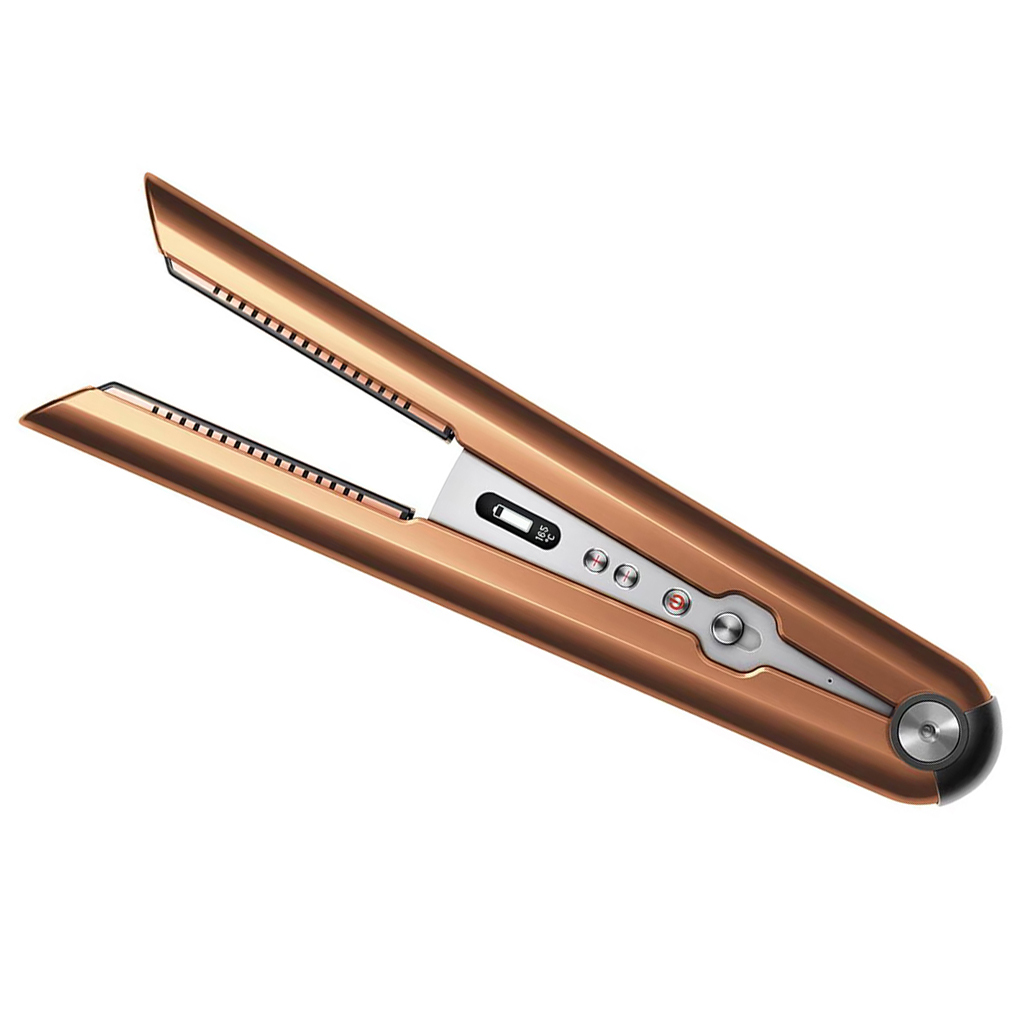
Best for damaged hair
The Corrale has flexible plates that gather the hair together, enabling you to straighten more effectively with less heat. Beware though: these are heavy, bulky, and don't come cheap.
Read more below
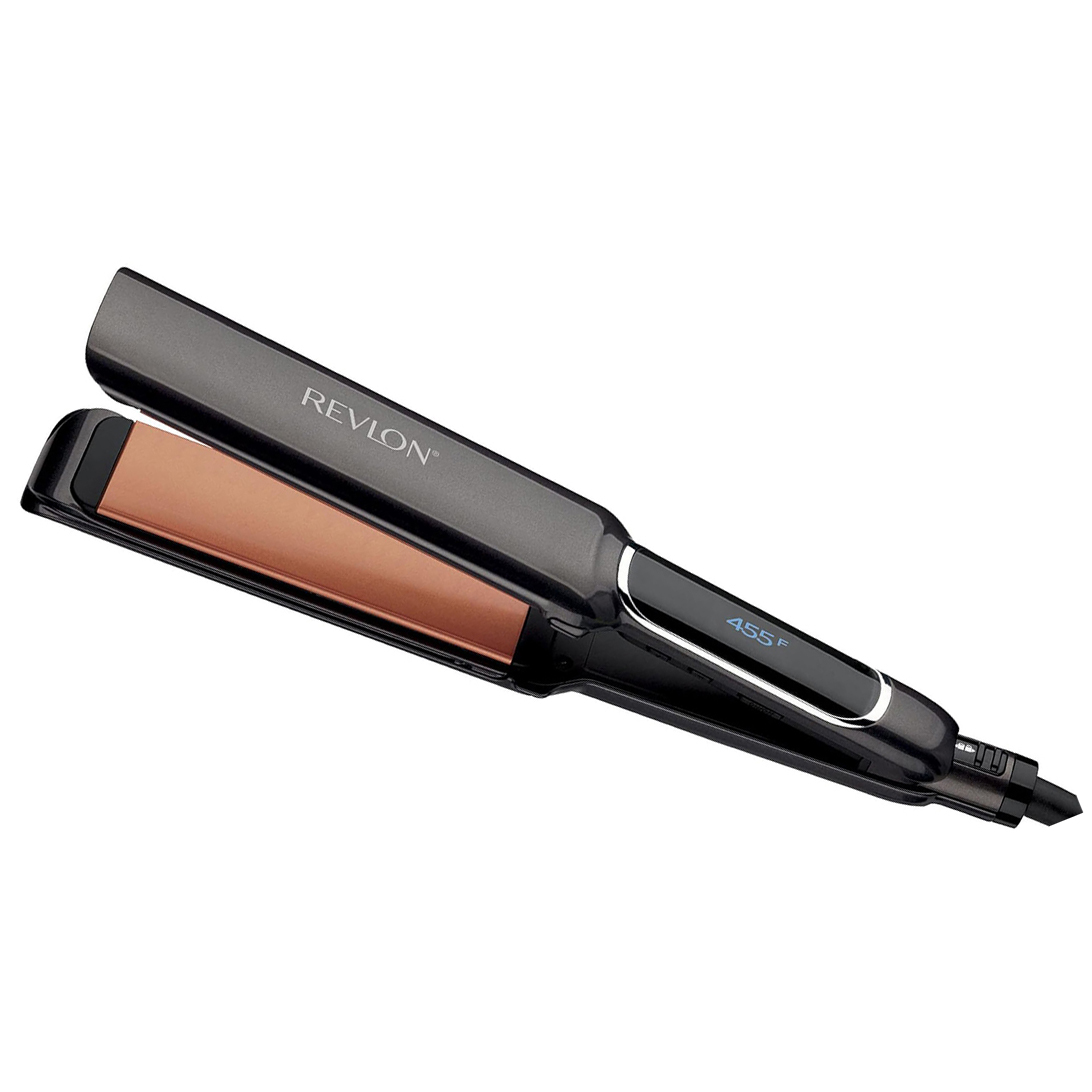
Best super-cheap
If you're really strapped for cash and just want something basic, this Revlon model performed surprisingly well on test. There's a wide temperature range and plates glide smoothly through hair.
Read more below
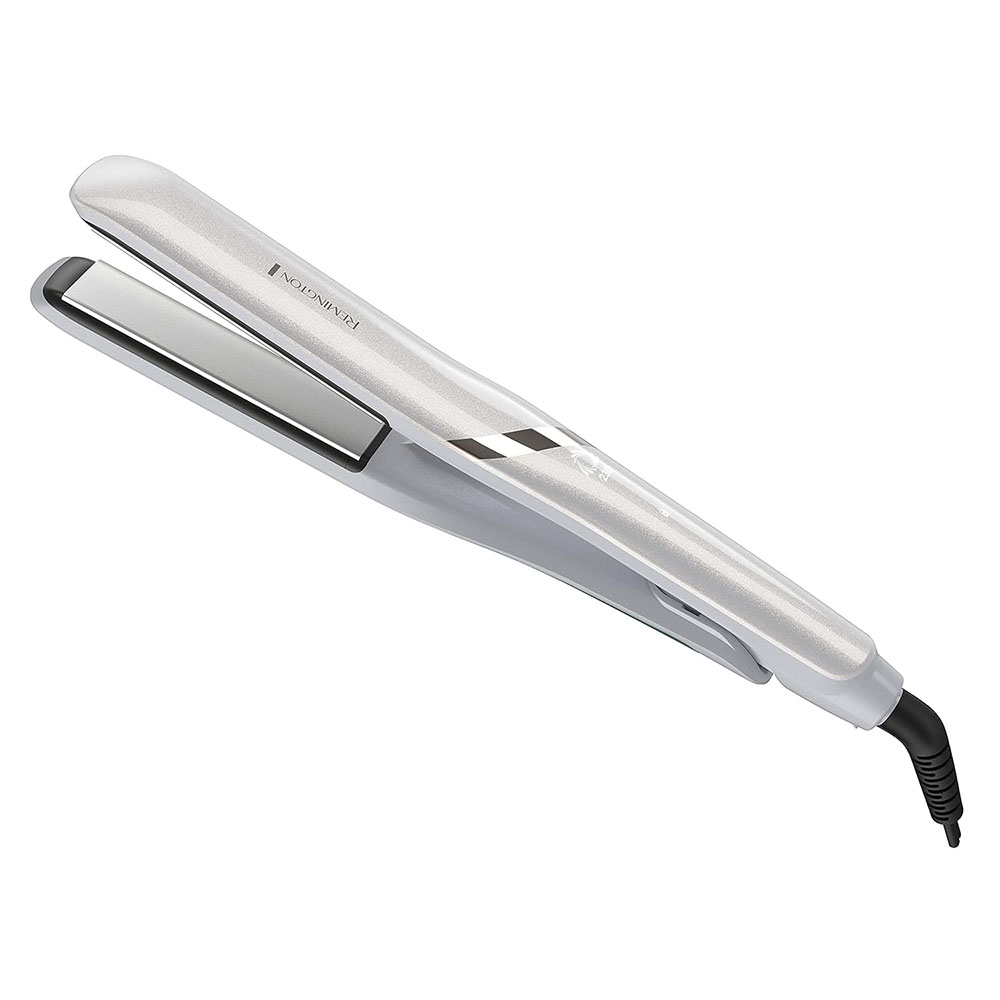
Best moisturizing
These Remingtons have a function that mists the hair with cold water to cool and rehydrate your locks. We found this worked pretty well on test, although it does make these straighteners a little chunky.
Read more below
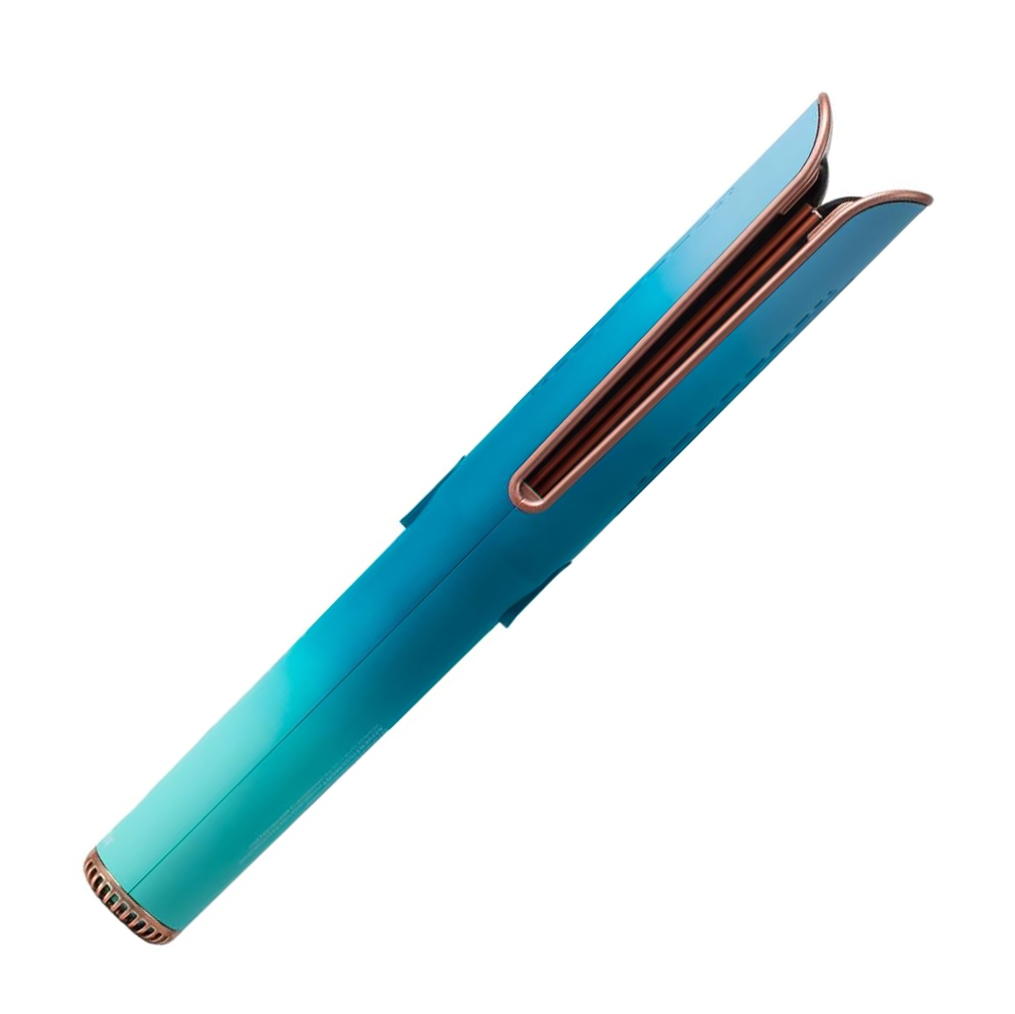
Best for long-lasting styles
These flat irons have an in-built cooling fan to set styles. This does extend styling times, but the results are frizz-free and last a long time. It looks cool, too.
Read more below
The best hair straighteners 2025: tried and tested
Why you can trust TechRadar
The best hair straighteners for most people
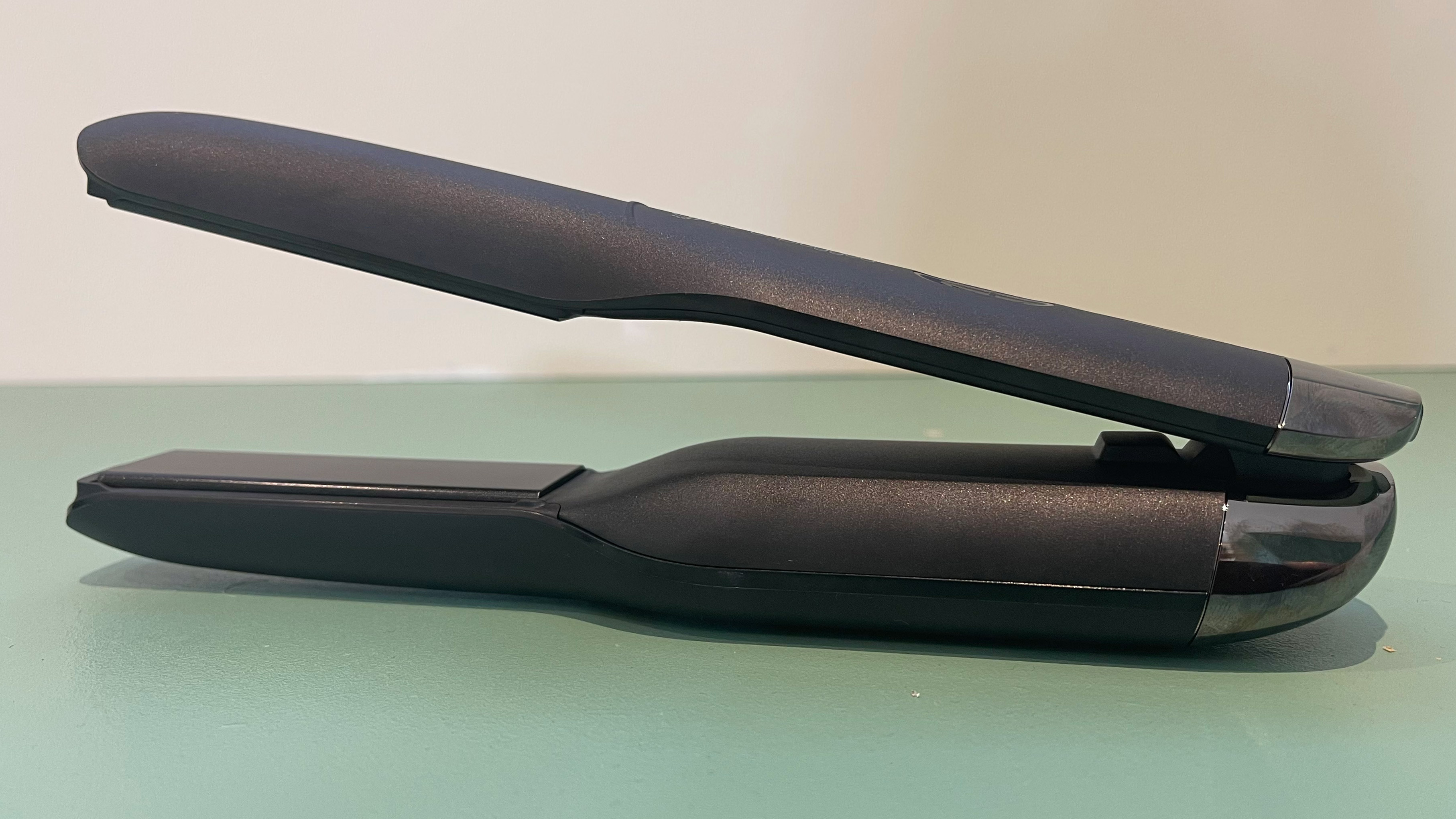
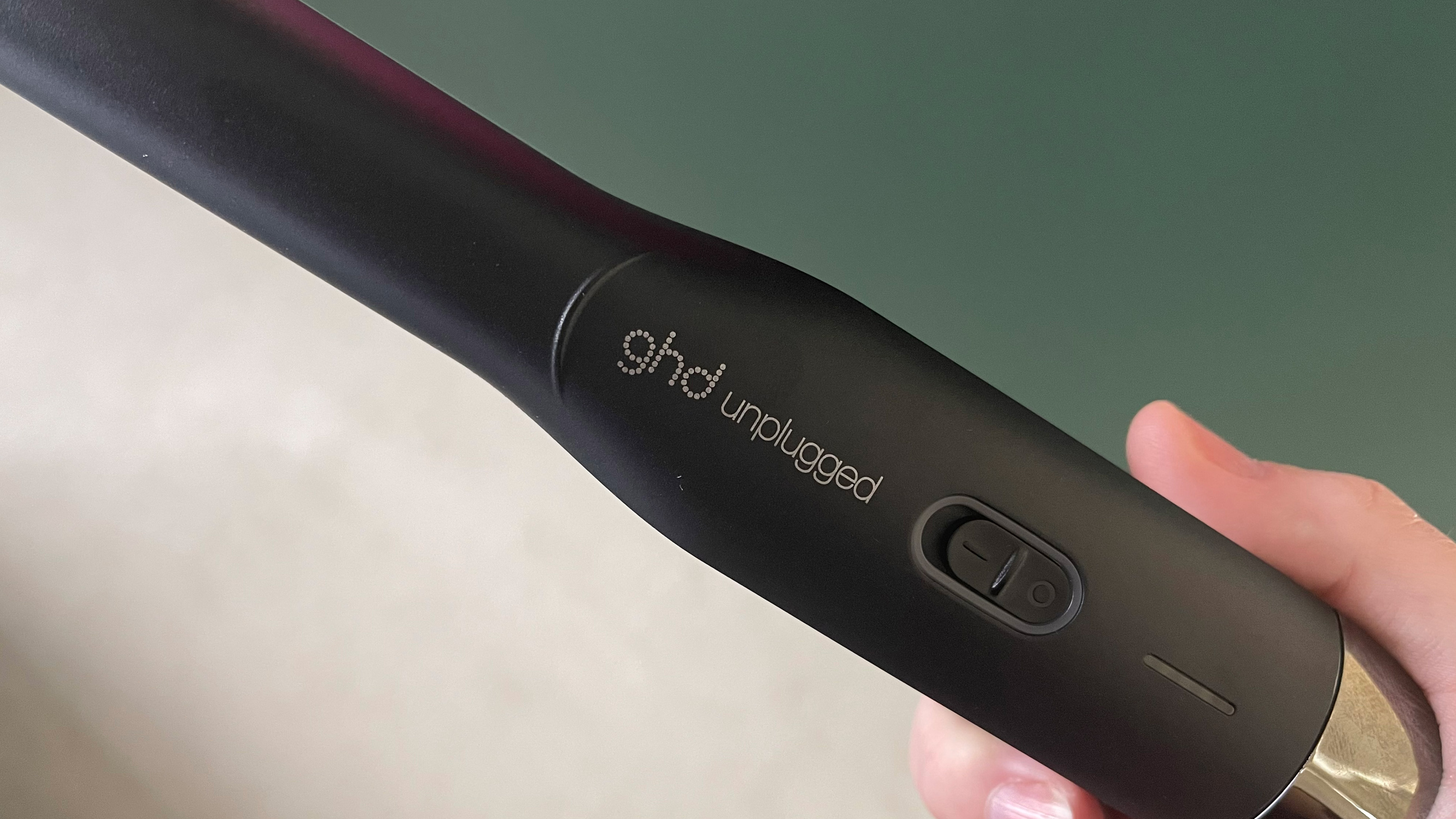
Specifications
Reasons to buy
Reasons to avoid
The GHD Unplugged strikes the right balance between portability and performance, which in our eyes makes them the best hair straighteners you can buy right now. The cordless flat irons are extremely compact, so they can easily be slipped into a bag to touch up your hair throughout the day. They only offer one temperature setting: 365 F / 185C.
GHD claims any hotter will cause serious heat damage, which is definitely true when it comes to fine hair, while styling below this temperature will often require many passes of the tool to achieve a good result, which dries out the hair, causing split ends. Nevertheless, if you want more control, all other flat irons in this guide offer a range of temperature settings.
We were impressed with the hair straightener both when smoothing and curling hair. It only requires one pass to leave our tresses smooth and shiny, while the lightweight styler is easy to manipulate when styling our locks into gentle waves. A three-minute auto-cut off when not in use ensures complete peace of mind.
They're not quite perfect. At 20 minutes the battery life is shorter than the Dyson Corrale (#4); the only other cordless straighteners in this list. We were also disappointed to note there's no lock to keep the plates clamped together when not in use. They're also very pricey, and there are plenty more affordable alternatives on the market if cordlessness isn't a priority. However, if you have the budget for it and want an effective and versatile straightener, you can't do better than the GHD Unplugged.
Read our full GHD Unplugged review
The best affordable hair straighteners
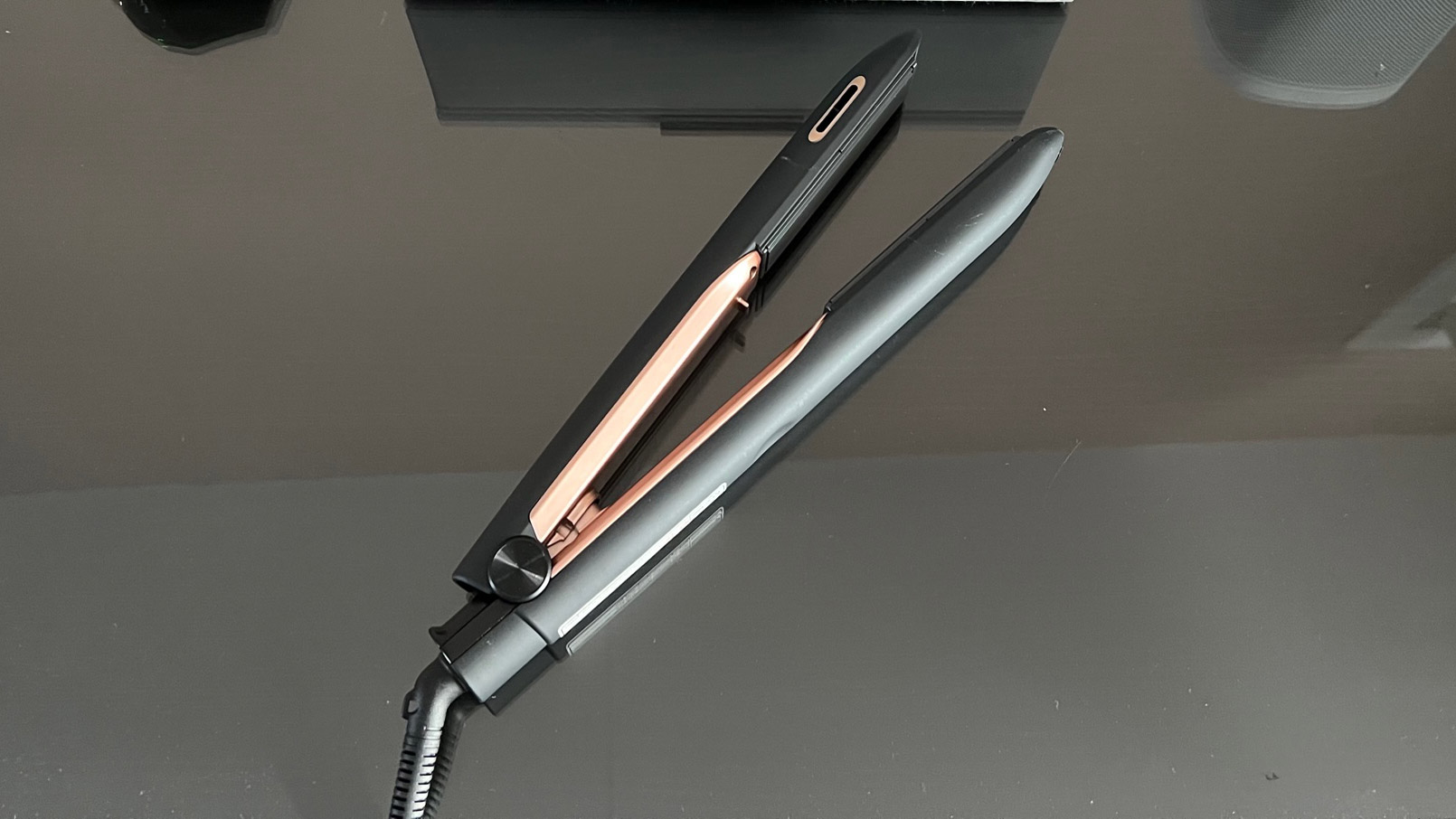
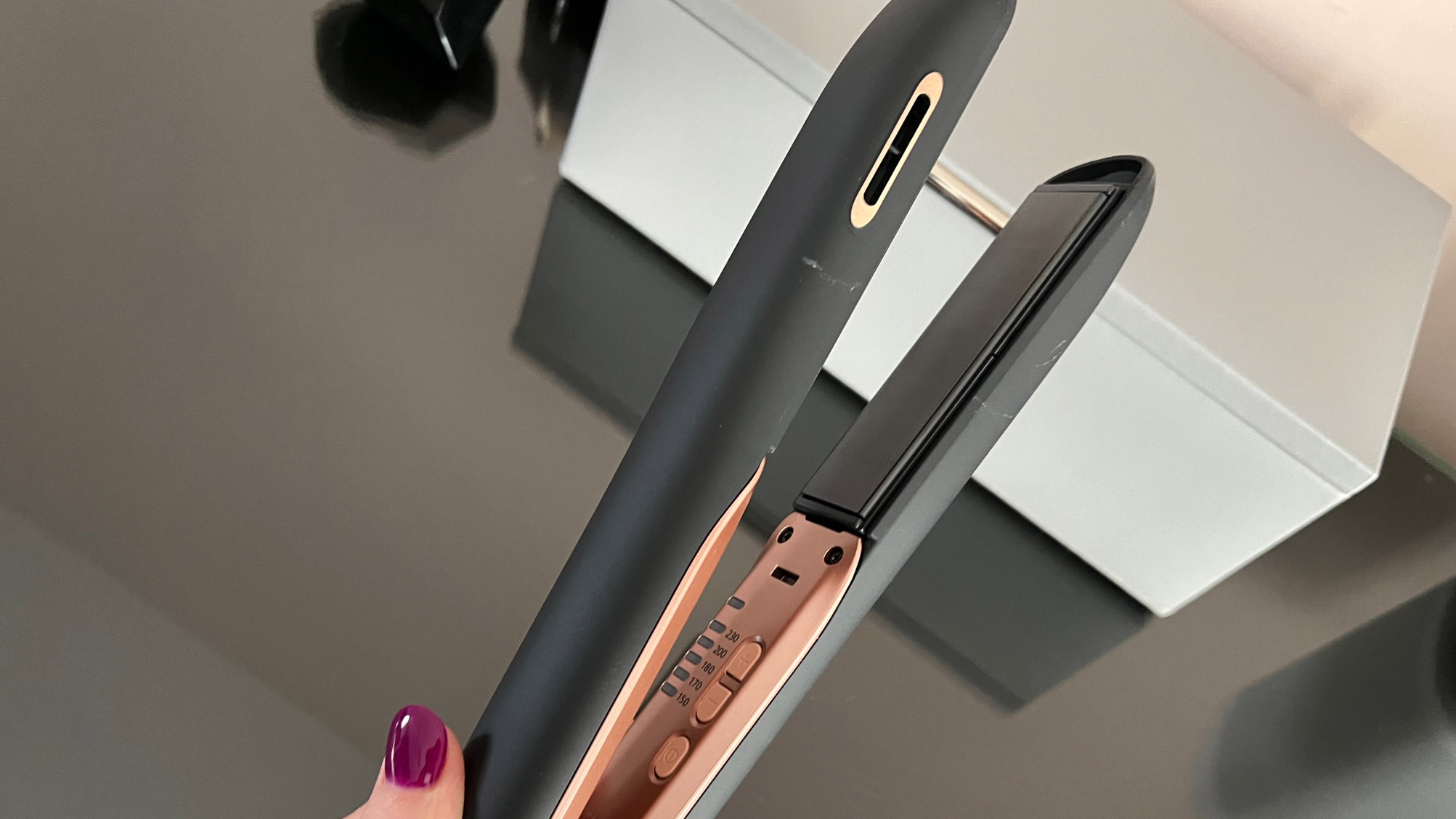
Specifications
Reasons to buy
Reasons to avoid
If shiny tresses are a priority and you're on a relatively tight budget, the Panasonic EH-HS99 straighteners are ideal. They use moisture from the air to charge ions, which are applied to the hair to decrease frizz and introduce shine. On test, the plates certainly boost the shine of our locks, while also smoothing them in just one pass. They're also quick to heat up, and feature a lock to keep plates together when they’re not in use, making them easy to store.
Price-wise, the Panasonic Nanoe straighteners sit on the cusp between our budget and mid-range price brackets, and offer excellent value for money (if you need something ultra-cheap, check out the Revlon straighteners at #5).
There are a few potential down-sides. They don’t look as stylish or as premium as some hair straighteners in this list, there are no audible alerts (for example to indicate they’ve reached temperature), and we found the plates didn’t glide quite as smoothly through our tresses as others we’ve tested. Despite these minor complains, you're still getting a lot for your money here.
Read our full Panasonic Nanoe EH-HS99 review
The best hair straighteners for curls

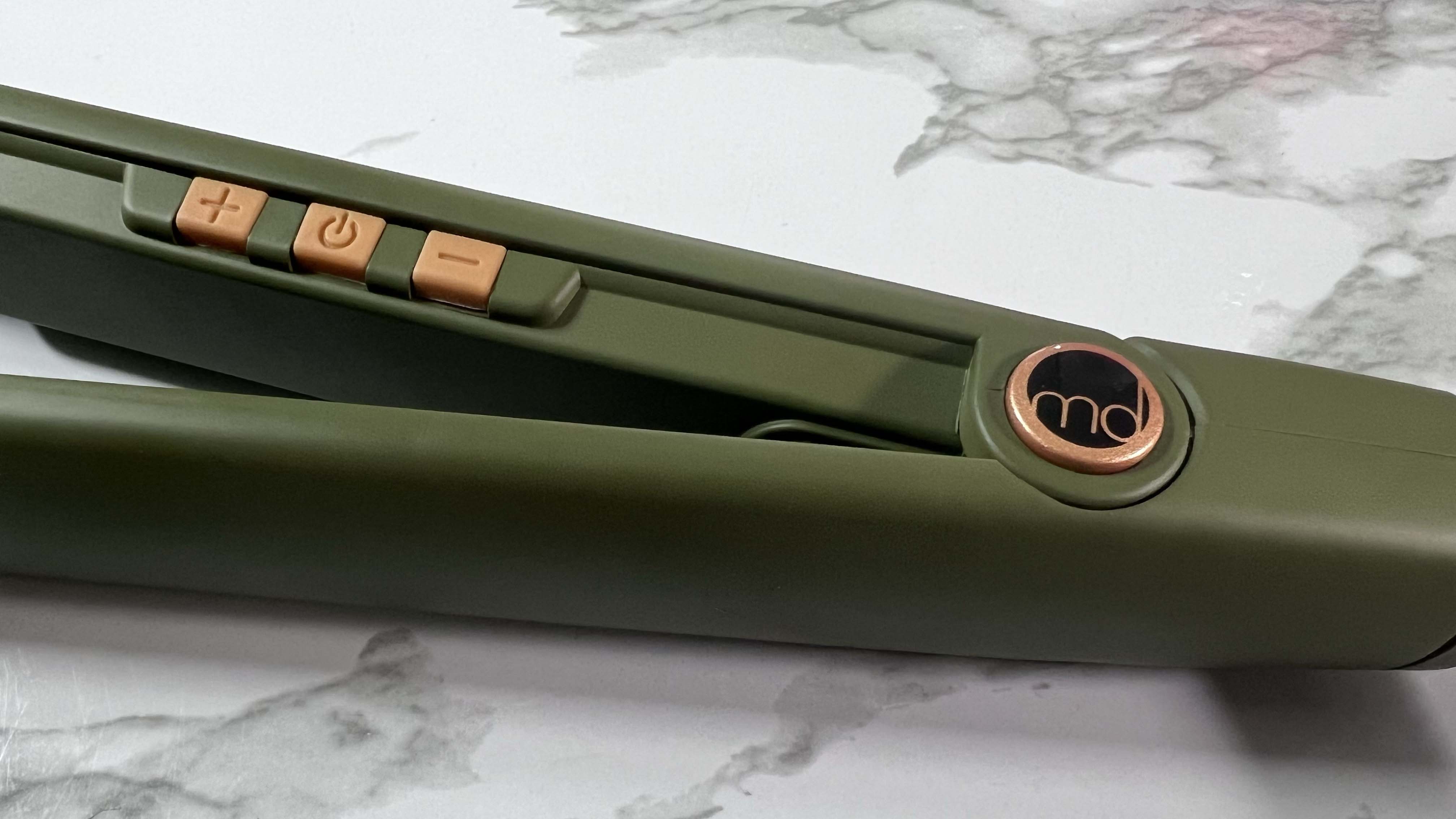
Specifications
Reasons to buy
Reasons to avoid
The MDLondon Strait hair straightener's unusually thin, long plates make it perfect for precision styling – and creating curls or smoothing bangs in particular. It can tackle large sections of hair at once, and get right up to the roots, too. And while it can't be used cordless, we found it easy to maneuver and handle, partly thanks to a 360-degree swiveling cable.
The tourmaline ceramic-coated aluminum plates are designed to help manage and maintain heat, and create minimal friction in use. There's a wide range of temperature settings (from 265F / 130C to 445F / 230C) to suit different hair styles, and an auto-off function after 30 minutes of no use. Annoyingly, the Strait won't remember your last-used setting so you'll have to manually adjust with each use. We also noted that the heat-up time is a little long – almost a minute; twice as long as some rival stylers – and there's no audible cue to tell you it's up to temperature, either.
Another minor gripe is that the elongated design means you will need to apply more pressure than usual to sufficiently grip hair all the way to the ends. However, overall, we found the MDLondon Strait delivered great value and versatility for a mid-range price.
Note: this model is UK-only. The Revlon model at #5 has a similar design, with long plates and a wide temperature range.
Read more: MDLondon Strait review
The best hair straighteners for damaged hair
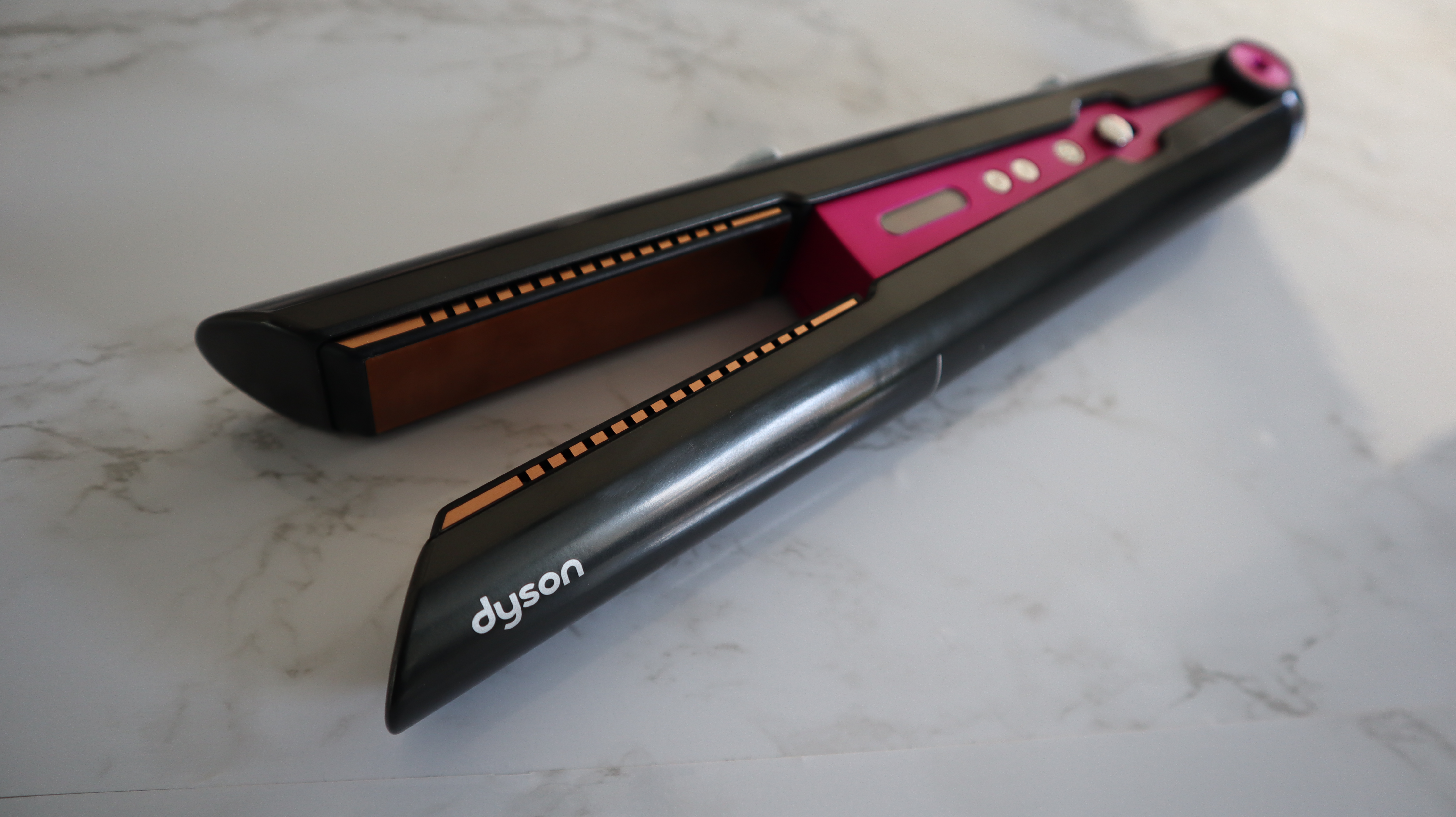
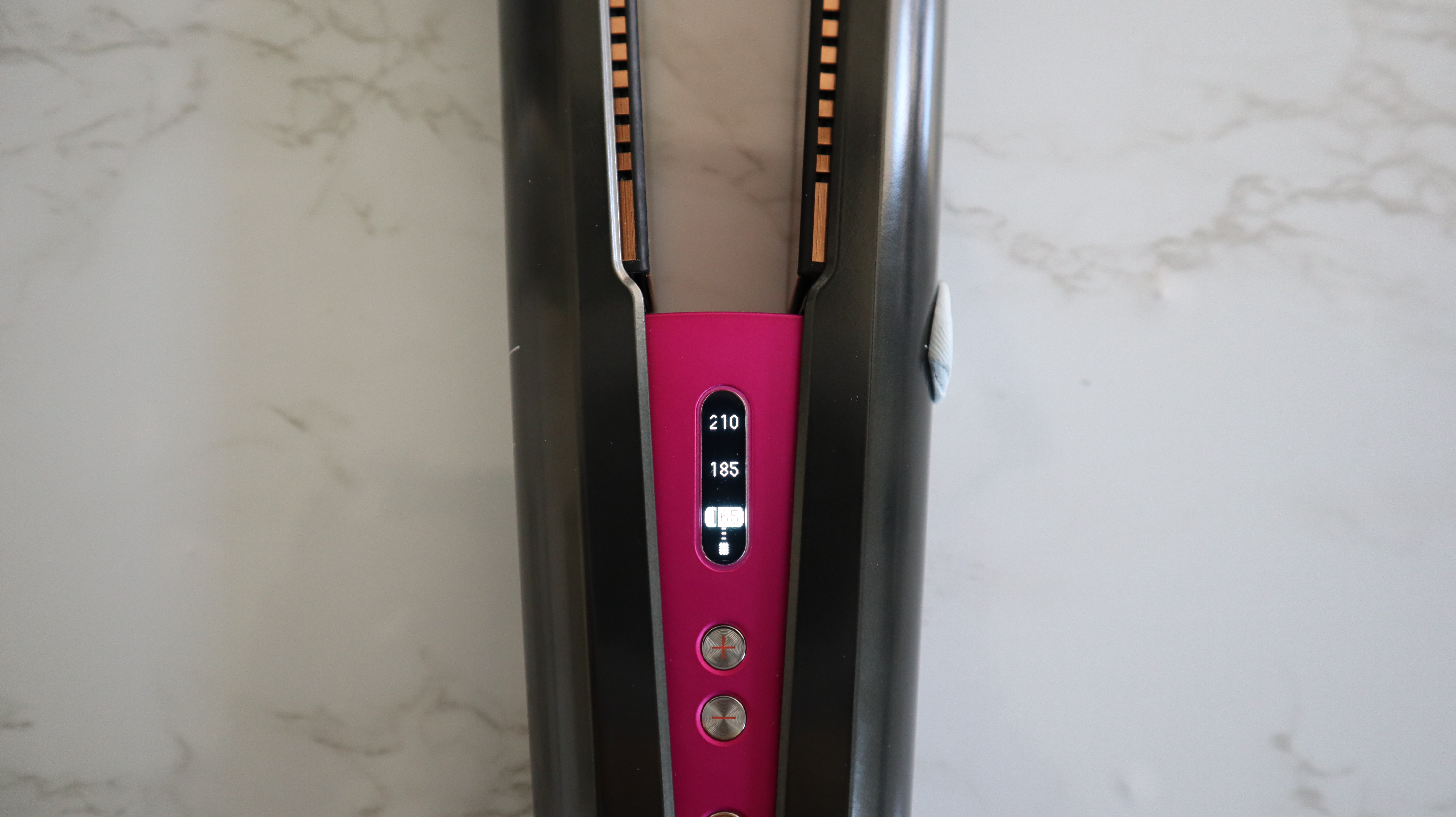
Specifications
Reasons to buy
Reasons to avoid
Dyson's Corrale straighteners are unusual in that they use flexible plates rather than solid ones. The idea is that they mold slightly around the hair to apply heat more evenly and efficiently, meaning you can use lower temperatures to get the same results, and ultimately leading to healthier, less frazzled locks. On test, the Corrale took just one pass on the lowest temperature setting to smooth our reviewer's fine tresses, although there are three heat settings in total, making them suitable for thicker hair too.
It's one of two cordless models in our list – the other being the GHD Unplugged (#1). Unlike those GHDs, there's a clear battery level indicator. They can be used cordless for up to 30 minutes on a single charge, and when plugged in, the charging cord has a 360 degree swivel connector so they can easily be manipulated. However, the freedom of the cordless capabilities is somewhat undermined by the fact that they're very bulky and heavy; if you're looking to combine your styling routine with a bicep workout, you're in luck.
The other major sticking point is the high price. Some of that is due to the cordless capabilities (the GHD Unplugged sit in the premium bracket, too, although those are still significantly cheaper than the Corrale), but you're also paying extra for the Dyson name and the fancy engineering that's gone into the design. But if you struggle with heat-damaged hair, and can get over the weight and size issue, they might be worth it.
Read our full Dyson Corrale review
The best cheap hair straighteners
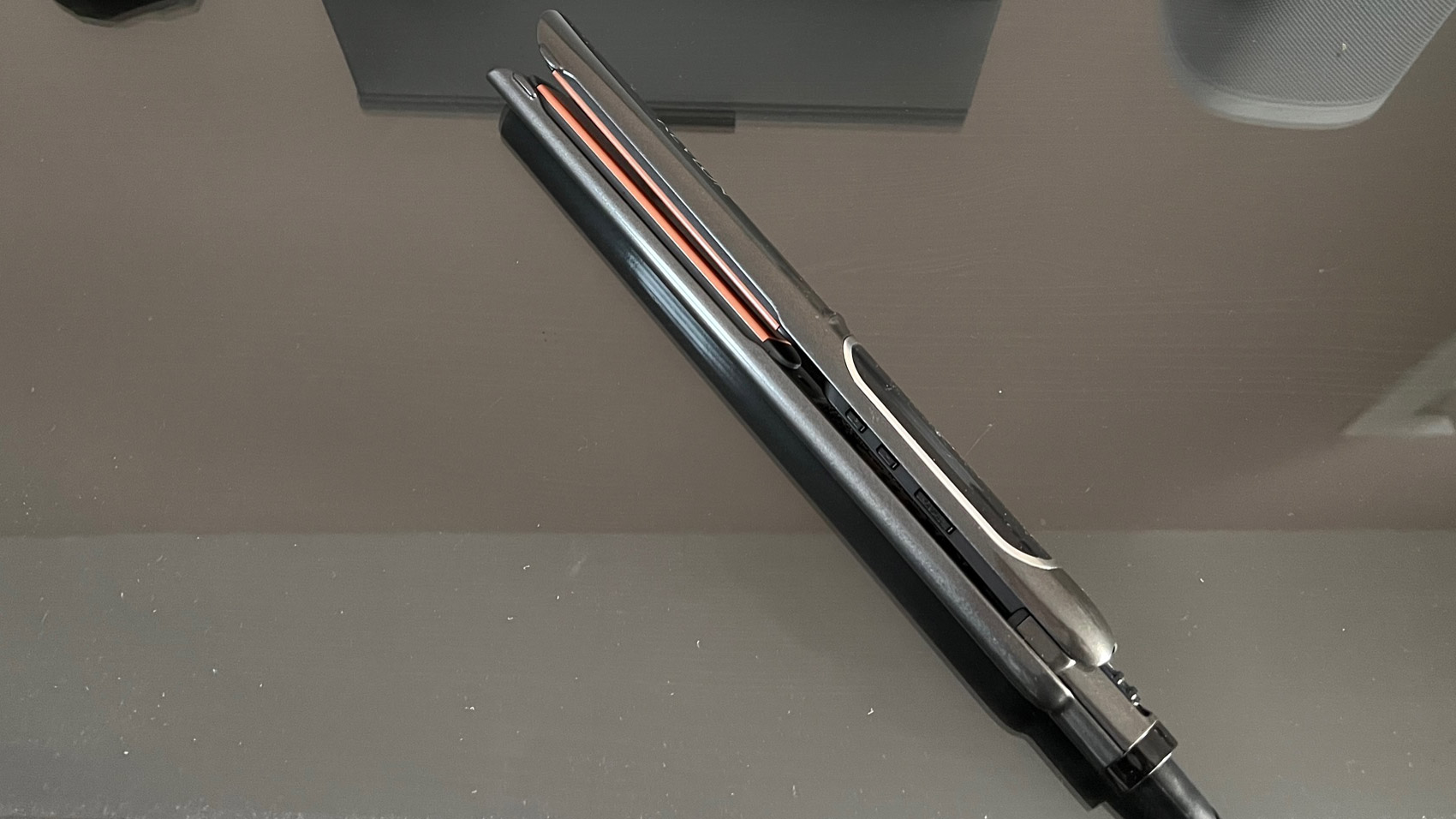
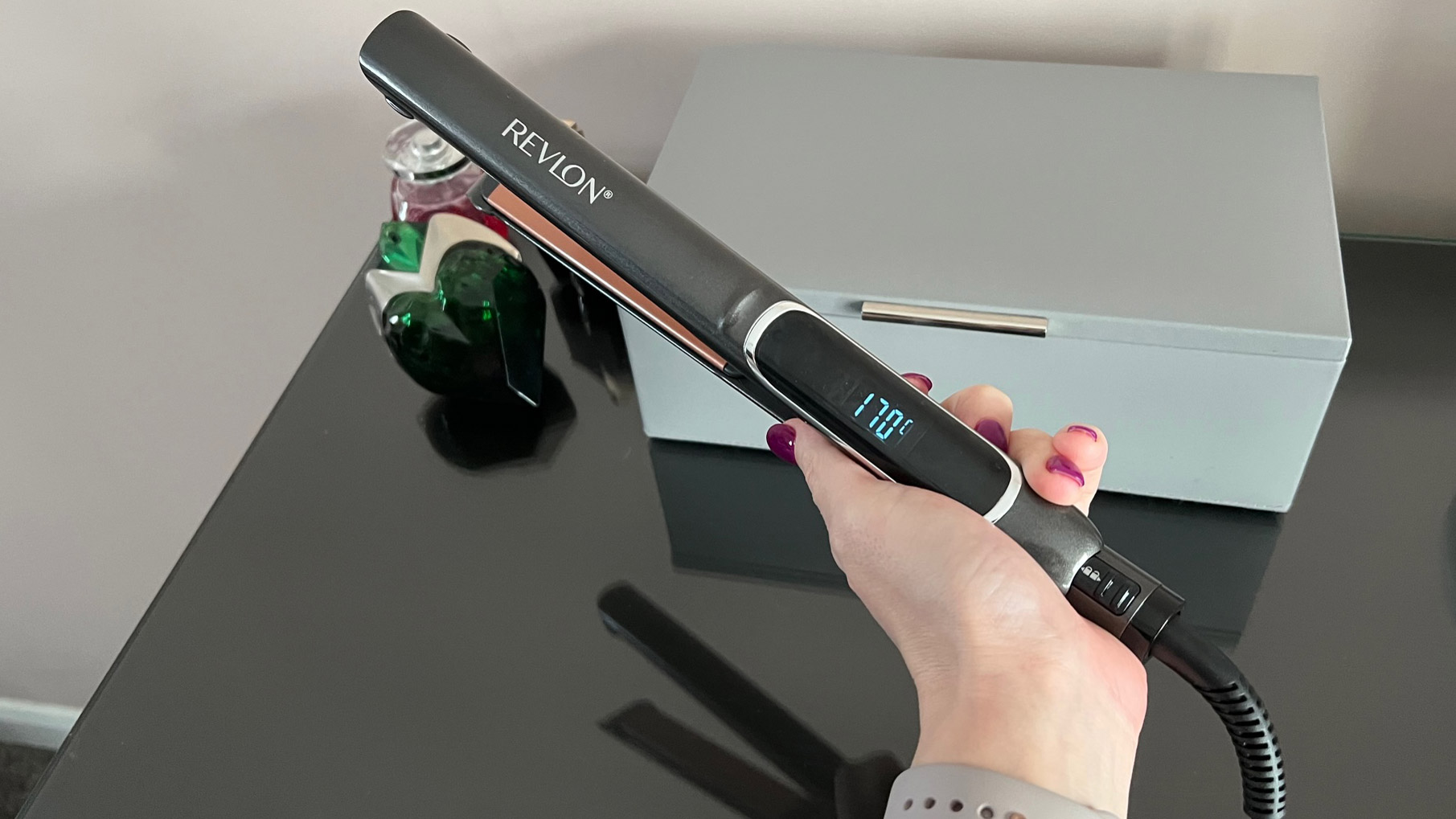
Specifications
Reasons to buy
Reasons to avoid
For those on a tight budget, the Revlon Pro Collection Salon Straight Copper Smooth Extra Long Styler is the best cheap flat iron we've tested. When it comes to heat settings, there’s an impressive 29 temperatures to pick from – starting at a relatively cool 195F/90C (good news for fine-haired users seeking to avoid heat damage) and rising all the way to 455F / 235C.
On test, the plates of the Revlon Pro Collection Salon Straight Copper Smooth Extra Long Styler glided easily through our tester's fine hair, requiring just one pass for smooth tresses. We also loved that you can store the last used temperature, so you don't have to spend time resetting the heat every time you switch the hair straighteners on.
There are some compromises. The tip of the straighteners is squared off, rather than tapered, which means it's hard to get close to the roots when styling. Our tester also round the length of these straighteners made them unwieldy to use, although it might be a benefit for some styling needs – curling is often easier with a longer flat iron, for instance.
Read our full Revlon Pro Collection Salon Straight Copper Smooth Extra Long Styler review
The best hair straighteners for moisturizing
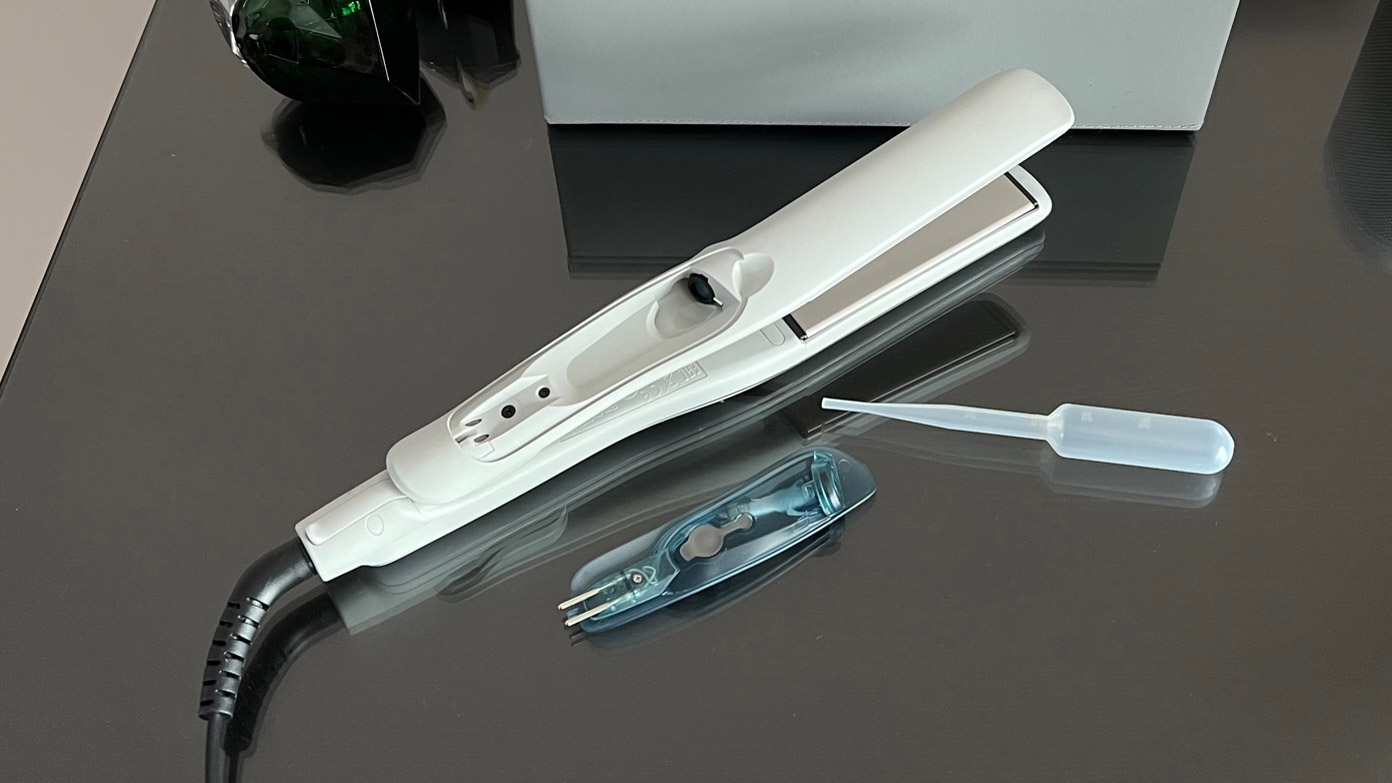
Specifications
Reasons to buy
Reasons to avoid
If you want a hair straightener that can smooth your locks but also moisturize them at the same time, then look no further than the Remington Hydraluxe Pro Straightener S9001. It comes with a tiny 0.24 floz / 7ml water tank, which emits a fine mist of cool water onto tresses after they’ve been straightened to cool and rehydrate them.
The straighteners glide easily through our hair and leave our tresses smooth. Even better, there’s a temperature boost button that will quickly raise the heat to 450F / 230C, to style stubborn sections.
However, the water tank design means the straighteners are bulkier than most, making them hard to grip, especially when curling hair. Speaking of the water tank, it's fiddly to fill - the straighteners come with a pipette but we didn’t find this very useful.
Read our full Remington Hydraluxe Pro Straightener S9001 review
The best hair straighteners for long-lasting styles
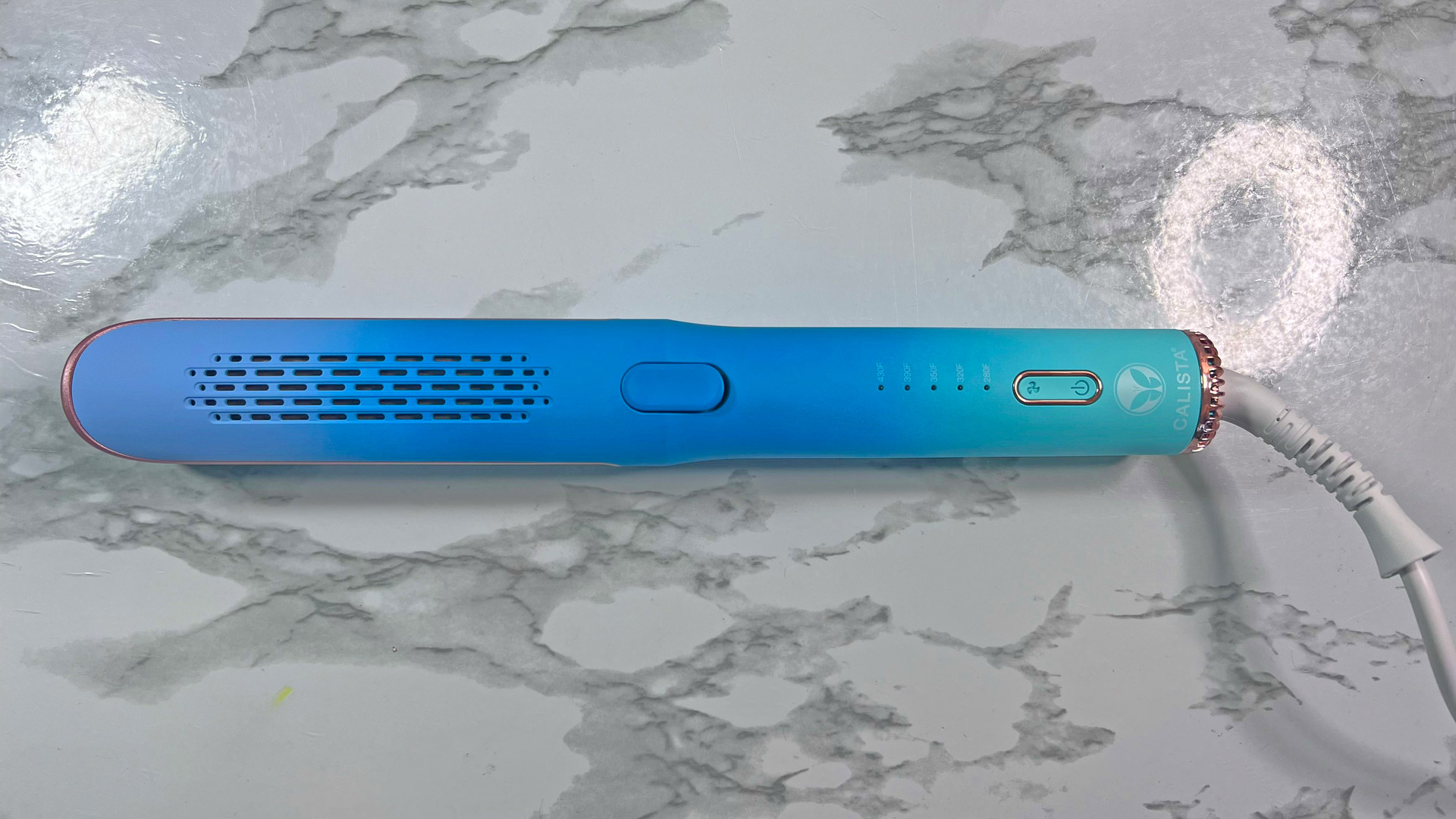
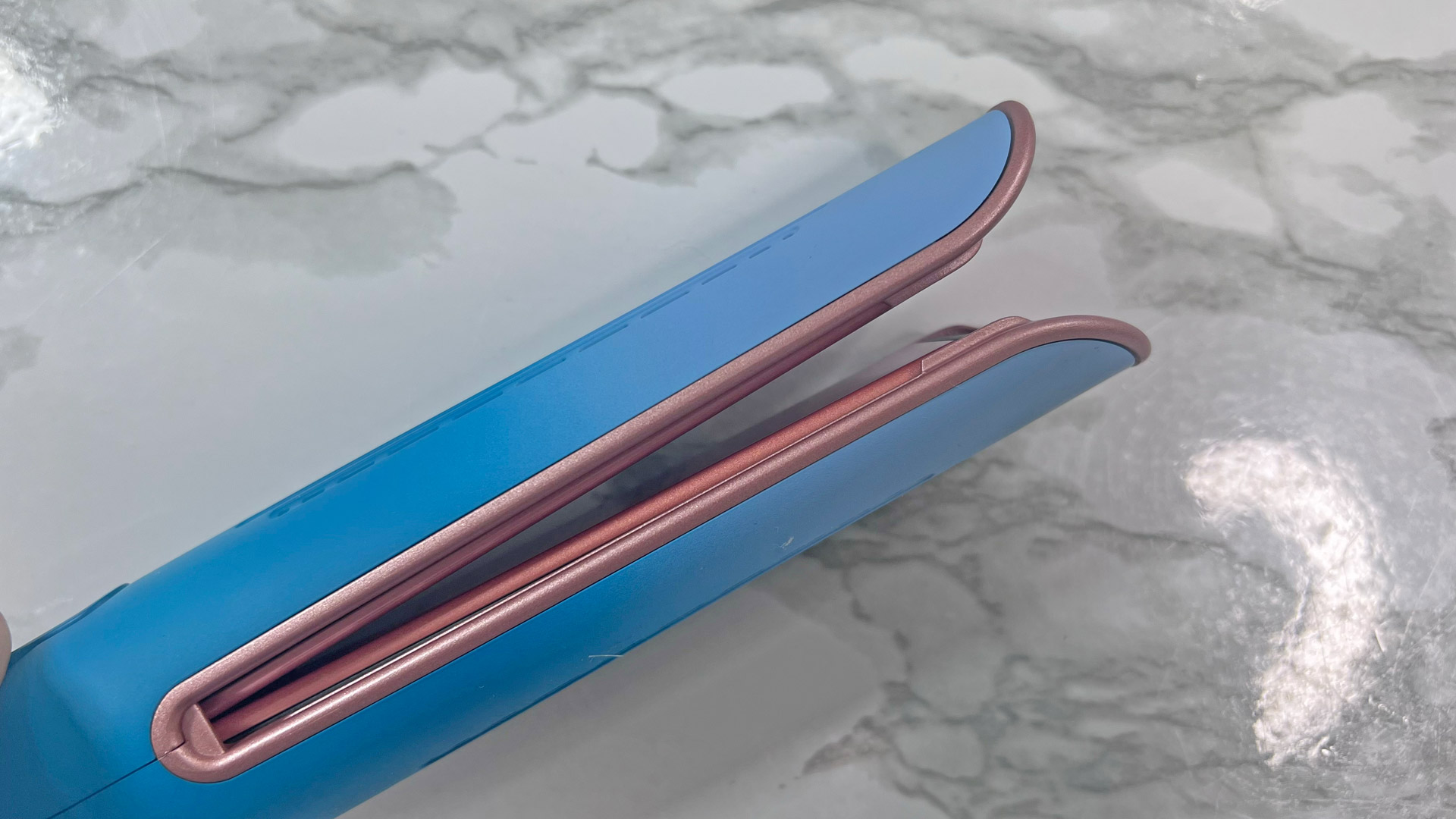
Specifications
Reasons to buy
Reasons to avoid
The Calista AirGlide Cool Breeze Styler is interesting because it has a built-in cooling fan, to set styles once you've created the shape you want. On test, we found this worked very well, delivering smooth, sleek, frizz-free results that last much longer than usual.
There are further positives. It's lightweight and easy to wield, the matte ombre finish is super cool, and it offers a range of temperature options (280-430F / 138-221C). The tourmaline plates are clamped shut by default, and controlled using a button, meaning you can't put a ton of hair in there at once.
On the downside, the slightly different design means styling with these straighteners takes a long time, and there's no automatic shut-off feature, meaning you will definitely need to remember to switch them off after you're done using them.
Read our full Calista AirGlide Cool Breeze Styler flat iron review
Specs compared
Model | Weight | Temperatures | Plate width | Cord length |
|---|---|---|---|---|
GHD Unplugged | 300g | 1 | 2cm | Not stated |
Panasonic Nanoe EH-HS99 | 280g | 5 | 2.5 cm | 2.7m |
MDLondon Strait | 215g | 11 | 2.5 cm | 3m |
Dyson Corrale | 560g | 3 | 2.5 cm | N/A |
Revlon Pro Copper Smooth | 500g | 29 | 2.5 cm | 2.5m |
Remington Hydraluxe Pro | 540g | 5 | 2.5 cm | 3m |
Calista AirGlide Cool Breeze Styler | 285g | 5 | 1.5" | Not stated |
How we test hair straighteners
✅ Over 60 haircare gadgets reviewed in total
✅ 6 years of testing experience
To test hair straighteners, our reviewer will use each model regularly for at least a week – ideally two. During that time, they'll assess how quickly they heat up, how easy they are to use, and how effective the results are – do they leave hair smooth, shiny and frizz free? Can they also be used for curling? How comfortable are they to use, and are there any annoying design quirks?
We'll consider things like cable length, the range of temperature settings offered and handy features like auto shut-off functions, locks to keep the plates together during storage, and for cordless options, the duration of the battery and how long it takes to recharge. We'll compare our findings to other straighteners we've tested and also factor in how much they cost and if they offer good value for money.

Vicky is TechRadar's go-to beauty reviewer, and has reviewed dozens of hair dryers, straighteners and multi-stylers over the years. Vicky has thin, should length hair with a natural curl.
The best hair straightener: FAQs
What to consider when buying hair straighteners
Start by deciding whether you want corded or cordless hair straighteners. Mains-powered models are more affordable than battery-operated options, but they can only be used when an electrical socket is close by. Cordless models, however, can be slipped in your bag and used to touch up your hair part way through the day.
If you’re opting for cordless hair straighteners, look at how long the battery lasts between charges - the models on the market right now offer between 15 and 30 minutes - as well as how long the battery takes to recharge. Most cordless designs can be used while the charging cable is connected, some even offering a swivel connector as you’d find on mains-powered designs, making it easy to create gentle waves in hair.
For mains-powered models, assess whether the cable is long enough to reach from the nearest electrical outlet to where you plan to style your hair.
Hair straighteners come with different widths of plates - narrower options are suitable for fine hair, or those with shorter tresses, while wider plates will be a better option for those with thick hair, or longer locks. The temperature settings of the hair straighteners is also worth considering. If you have fine, or colored hair - look for models that reach lower temperature to protect against heat damage. Whereas thick, coarser hair needs high temperature to ensure every strand is smoothed or curled.
Also look out for features such as a lock which keeps the plates together when the straightners aren’t being used, or a silicon sleeve to protect them during storage, as well as dual voltage, so they can be used in any country in the world, ideal for regular travelers. Also look out for flat irons that have an auto shut off feature, so if you’re forgetful and leave the house without turning them off, you don’t need to worry about them staying on all day.
Are ceramic or titanium straighteners best?
There are two different styles of hair straightener on the market - those with ceramic plates and designs that feature plates made from titanium, which are more affordable.
Ceramic plates use infrared technology to heat the strands of hair from the inside out - this is a gentler way of using heat to style locks, and reduces the damage inflicted on tresses. Titanium plates are more affordable but they heat hair from the outside in, which leaves the hair more vulnerable to heat damage.
Overall ceramic hair straighteners are better for tresses, but if you’re on a budget consider titanium plates only if you’re always willing to use heat protection - whether that’s in the form of a spray, serum or gel. Avoid them if you have very fine or coloured hair, which is more vulnerable to heat damage.
Do hair straighteners damage hair?
Using any heat on your hair will damage the outer protective coating, known as a cuticle layer. Tiny holes will start to appear, and continued use of high heat will see these grow bigger and bigger, with the cuticle layer disintegrating completely, leaving the inner layer of hair strands. When these are exposed, the strands very quickly suffer from breakage.
However, if you want smooth, sleek tresses, or gentle waves and you’re not blessed with the style naturally, using hair tools such as hair straighteners is the only way to achieve these looks. With this in mind, always apply heat protection to your tresses before styling, and opt for the lowest temperature possible that achieves the style with just one pass of the hair straightener, to avoid having to make several passes, which dries hair out and causes split ends.
Sign up for breaking news, reviews, opinion, top tech deals, and more.

Ruth is TechRadar's Homes Editor specializing in air (vacuum cleaners, fans, air purifiers), and hair (hair dryers, straighteners and stylers). She has been in consumer journalism since 2020, reviewing and writing about everything from outdoor kit to mattresses and wellness gadgets, with stints on Tom's Guide and T3.
- Michelle Rae UyContributor